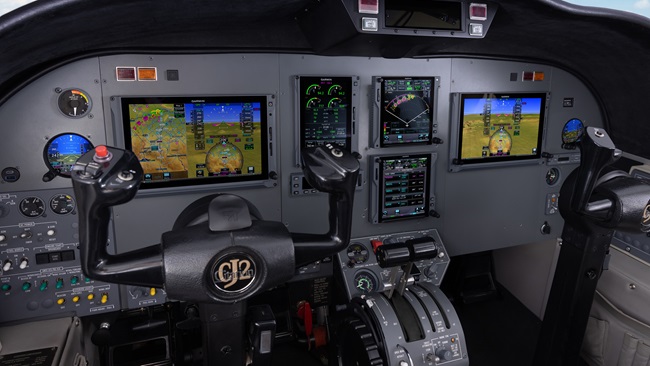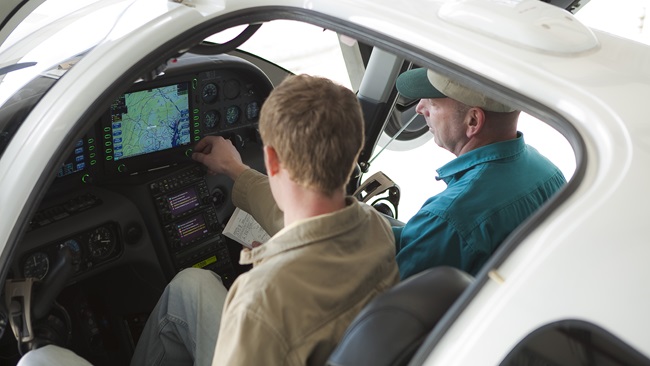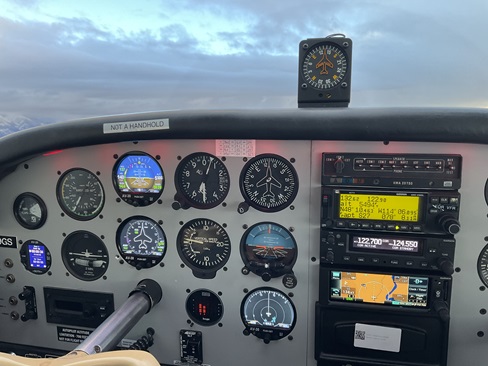Sporty's SiriusXM receiver adds tunes to weather
Pilots interested in entertainment in addition to timely weather data streamed into their cockpits can access both for an initial investment of less than $300. Sporty’s Pilot Shop recently announced the addition of subscription-based SiriusXM satellite radio to the SXAR1 Aviation Receiver.
The entertainment option, which could be a welcome addition for passengers or pilots on long trips, begins at $10.99 per month and includes 100 channels that are accessible in flight.
“It’s great,” said John Zimmerman, Sporty’s catalog division vice president. “I’m not going to do it on a low IFR day, but with a 30-knot headwind and severe clear, it keeps you engaged.”
He said his music choices were “all over the place” and complimented the service for accommodating the wishes of most pilots.
Satellite weather information is available for a monthly fee ranging from $34.99 to $99.99, depending on the level of detail pilots prefer.
ForeFlight users with an iPhone or iPad can connect via Bluetooth for the latest radar, cloud tops, lightning, METAR, and terminal area forecasts. Temporary flight restrictions, pilot weather reports, significant weather, and more are easily accessed before or during flight, and at any altitude. However, there is no option for Android users.
SiriusXM Aviation Weather reports are delivered by satellite throughout the continental United States and Canada and without as much of the latency that pilots have experienced over Wi-Fi connections.
During a recent VFR corridor flight to New York City it was reassuring for this author to query the SiriusXM receiver and ForeFlight interface to check for pop-up TFRs, a function that can be especially handy when flying near political events or professional and college sports stadiums. On a series of test flights from the Pacific Northwest to Minnesota and on to Maryland, the SXAR1’s satellite feed was more accurate, was more reliable, and updated the weather picture more often than what was experienced with Wi-Fi data alone. The unit worked as flawlessly on the ground in a Mazda SUV as it did above the Rockies at 17,000 feet. It was equally at home in a TBM700 cruising at FL29.
The weather graphics were more clearly defined than other in-cockpit options, and it was helpful to have the written ATIS weather report information far before radio receivers could pick up a broadcast from an airport.
The rechargeable battery can last up to 10 hours, and a WAAS GPS provides moving map data. The unit’s footprint is about the size of an iPhone 6, but thicker, and it’s designed to sit atop a glare shield with a non-slip foam pad that usually keeps the SXAR1 from moving. Be forewarned, however, that sporty takeoffs or steep maneuvers may cause the device to slide.
The $499 iPhone and iPad companion satellite receiver currently comes with a $200 mail-in rebate.
“I’ve heard from a lot of pilots that they wanted something like this and I think we made a lot of them happy today,” Zimmerman told AOPA.



